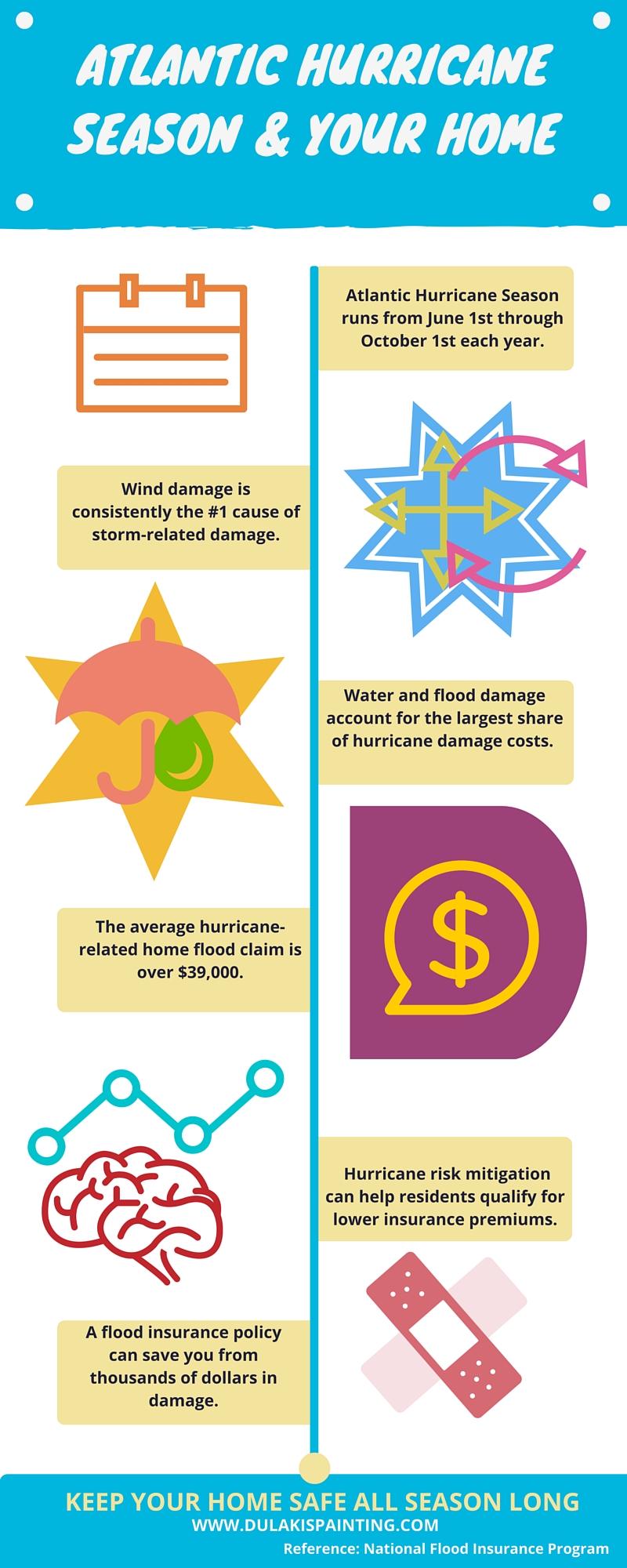Seasonal Factors In Business Exterior Painting: Key Insights You Should Know
Seasonal Factors In Business Exterior Painting: Key Insights You Should Know
Blog Article
Web Content Writer-Fox Bagger
When you're planning a commercial exterior paint project, seasonal factors can make or damage your results. You'll want to consider just how temperature level and humidity impact paint application and drying times. Selecting the appropriate period can ensure your paint sticks effectively and lasts longer. But which periods are truly the most effective for this type of job? Allow's explore the key elements that can impact your project's success.
The Influence of Temperature Level on Paint Application
When you're planning an industrial external painting project, the temperature can considerably affect how well the paint adheres and dries out.
Ideally, you want to repaint when temperature levels vary between 50 ° F and 85 ° F. If it's also cool, the paint may not heal appropriately, causing concerns like peeling or splitting.
On the flip side, if it's also hot, the paint can dry too quickly, stopping appropriate bond and resulting in an unequal surface.
You need to likewise take into consideration the moment of day; morning or late afternoon supplies cooler temperature levels, which can be extra positive.
Always inspect the producer's referrals for the details paint you're using, as they commonly give advice on the suitable temperature array for optimal outcomes.
Moisture and Its Effect on Drying Times
Temperature isn't the only environmental factor that influences your commercial exterior painting task; humidity plays a significant role also. High moisture degrees can slow down drying times considerably, affecting the overall high quality of your paint work.
When the air is saturated with moisture, the paint takes longer to heal, which can lead to problems like inadequate bond and a greater threat of mold development. If you're repainting on a particularly moist day, be prepared for extended delay times between layers.
It's crucial to monitor regional weather and plan as necessary. Ideally, go for relevant resource site between 40% and 70% for optimal drying out.
Keeping these factors in mind ensures your project stays on track and supplies a long-term coating.
Best Seasons for Commercial Exterior Paint Projects
What's the most effective time of year for your commercial external painting jobs?
Springtime and early fall are typically your best bets. Throughout these periods, temperature levels are light, and humidity levels are frequently lower, developing optimal conditions for paint application and drying out.
Avoid summer season's intense heat, which can cause paint to dry also promptly, resulting in inadequate bond and finish. Similarly, aged care painting can hinder appropriate drying and healing, taking the chance of the long life of your paint job.
Aim for days with temperature levels in between 50 ° F and 85 ° F for optimum outcomes. Remember to check the neighborhood weather forecast for rain, as wet conditions can ruin your task.
Preparation around these aspects guarantees your paint project runs smoothly and lasts longer.
Conclusion
In conclusion, preparing your industrial exterior painting tasks around seasonal considerations can make a considerable difference in the end result. By organizing work during the perfect temperatures and humidity degrees, you'll guarantee better attachment and drying out times. Remember to keep an eye on neighborhood weather report and choose the right time of year-- springtime and very early loss are your best options. Taking these actions will certainly assist you achieve a resilient and expert surface that lasts.
